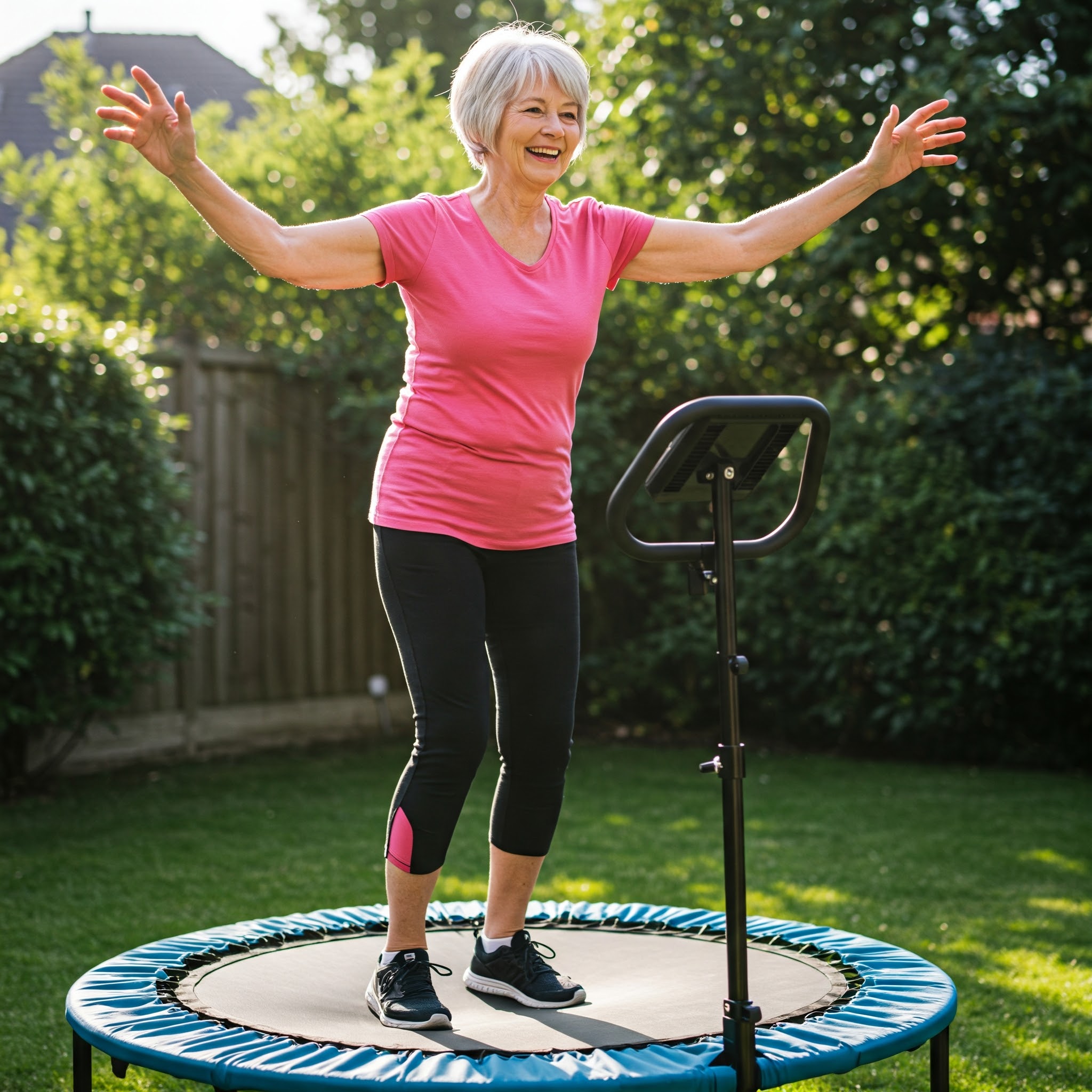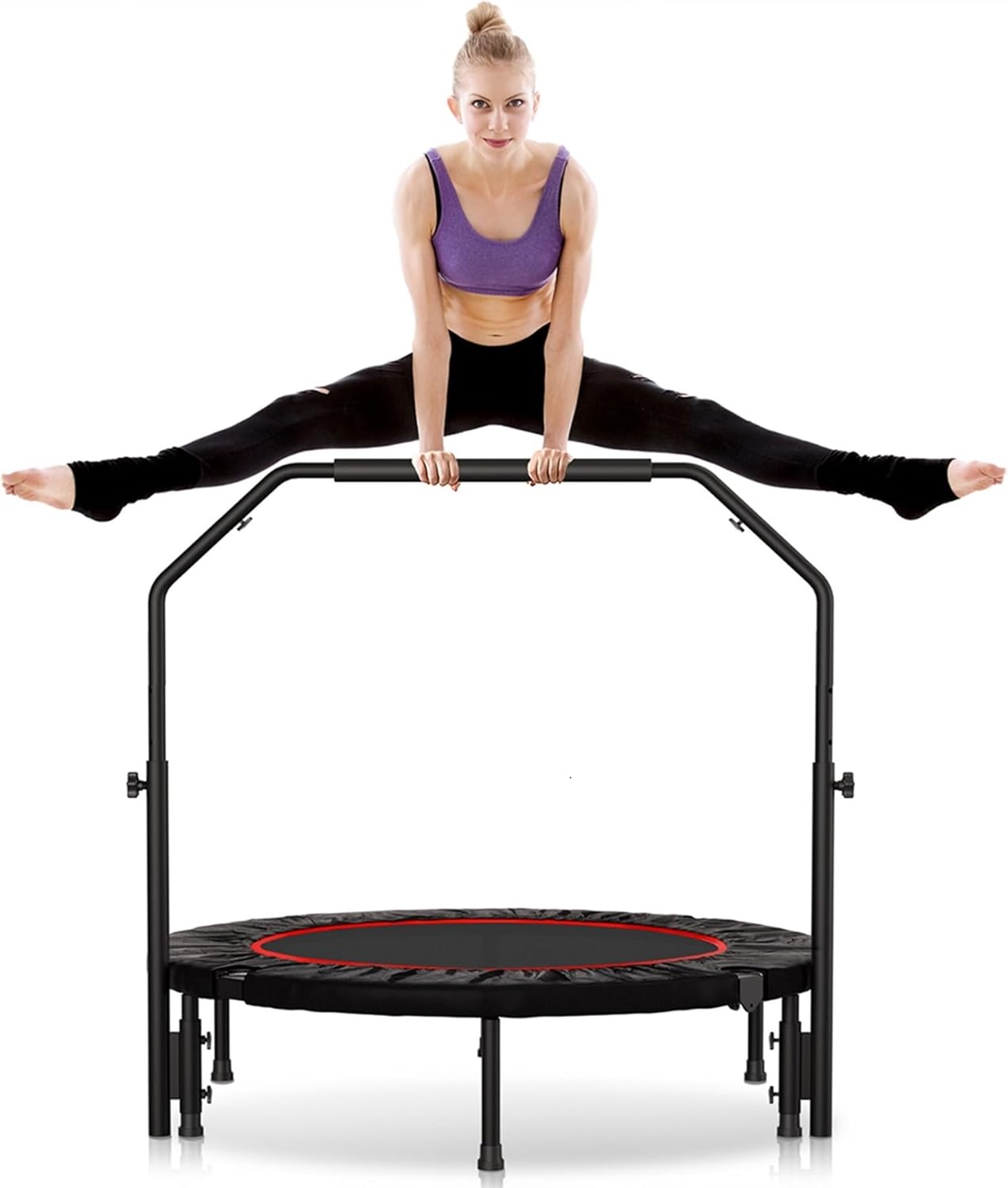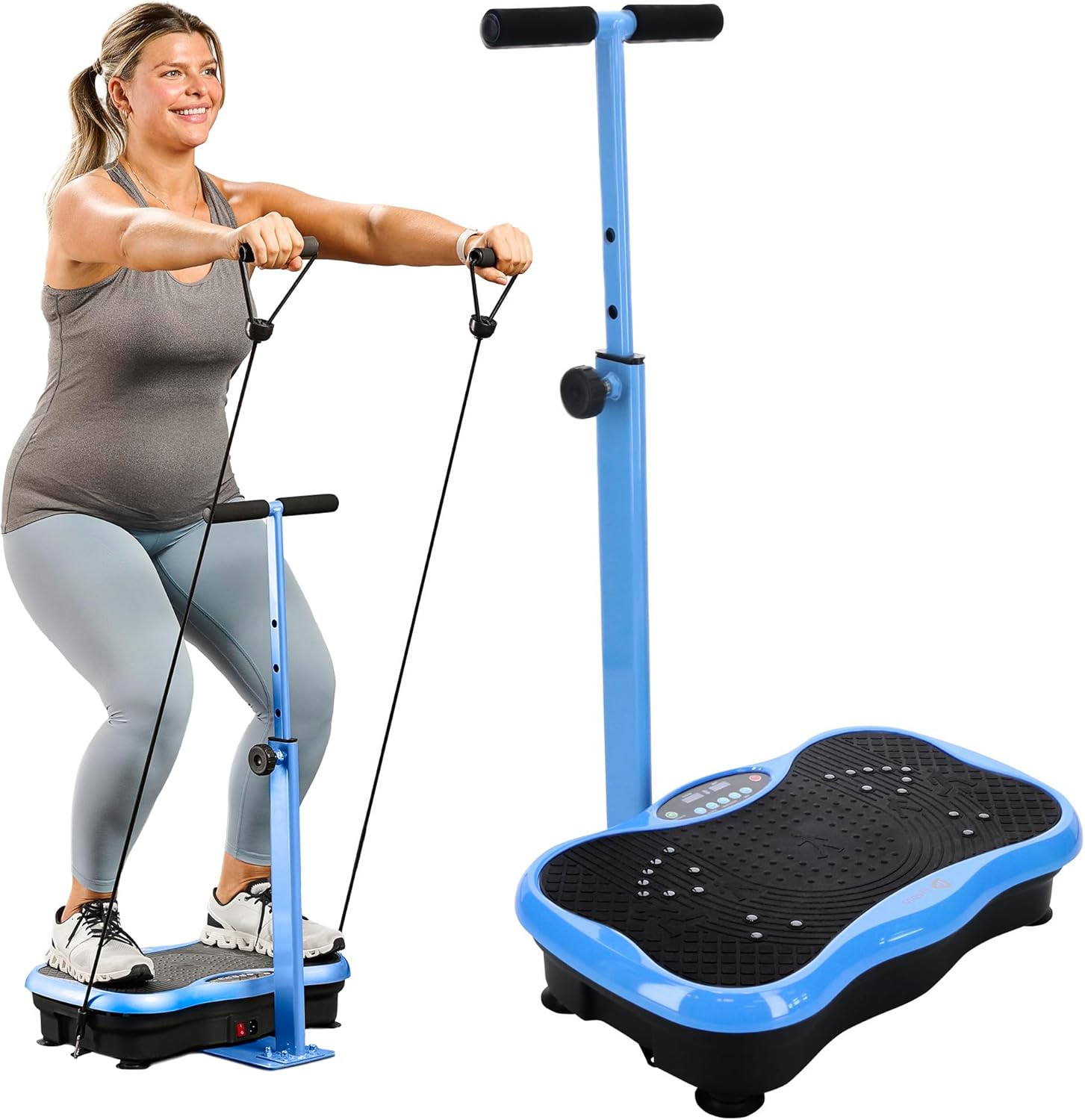Can Osteoporosis be reversed? I’m Corinne Furnari, a clinical nutritionist and physician assistant with over 30 years of experience helping women balance their hormones and optimize their health naturally. This week, two patients came to me with concerns about osteoporosis, and their stories really hit home. Both were worried about their bone health, and after hearing what their doctors had—or hadn’t—told them, I knew I had to share more about how you can understand, prevent, and even rebuild your bones. Let’s dive in together—I want you to feel empowered about your bone health, not scared.
A Tale of Two Patients: The Osteoporosis Concern
One patient thought her doctor had prescribed calcium for her bones, but when I reviewed her regimen, I saw she was on a bisphosphonate—a common osteoporosis medication—with no guidance on diet or exercise. She was taking a powerful drug, yet no one had told her how to nourish her body or move safely to strengthen her skeleton, even though she only had osteopenia, not osteoporosis. My second patient was more informed but just as concerned. Her recent DEXA scan showed osteopenia, a precursor to osteoporosis, and she was worried about her future. Seeing these two women—so eager to protect their health but missing key information—made me realize how much confusion surrounds osteoporosis. Let’s clear that up together.
Osteoporosis is often called a “silent disease” because it doesn’t show symptoms until a fracture happens, but it doesn’t have to be a mystery. With the right tests, nutrients, and lifestyle changes, you can take charge of your bone health. Let’s explore how lab tests and bone markers can help you understand your risk, spot underlying issues, and track your progress—whether you’re preventing bone loss or working to rebuild.
What Is Osteoporosis, and Why Should You Care?
Osteoporosis is a condition where your bones lose mass and become fragile, raising your risk of fractures. It’s often linked to aging, especially in postmenopausal women, as declining estrogen speeds up bone loss (National Osteoporosis Foundation [NOF], 2023). But bone health isn’t just about age or hormones—it’s tied to your overall health, like your diet, blood sugar, inflammation, and thyroid function. That’s why I always look at the whole picture when a patient comes to me with bone concerns.
My two patients this week showed me how crucial it is to understand what’s happening inside your body. One had medication but no plan, and the other knew she had osteopenia but wasn’t sure what to do next. I’m guessing you might need more clarity too, so let’s talk about the tests that can help and the steps you can take to support your bones.
Routine Lab Tests: A Window into Your Bone Health
When I assess bone health, I start with routine lab tests to get a broad view of what’s going on in your body. These tests don’t measure bone density directly, but they reveal risk factors and underlying issues that can lead to bone loss. Here’s what I look for:
- Complete Blood Count (CBC): This checks for anemia, which can increase bone loss risk. Anemia and osteoporosis often share causes like poor nutrition and inflammation, which can disrupt bone remodeling (Weaver et al., 2016). If your CBC shows anemia, we need to dig deeper to protect your bones.
- Calcium Levels: Abnormal calcium levels can signal issues like malnutrition, kidney disease, or parathyroid problems, all of which can weaken bones if untreated (Eastell & Szulc, 2017).
- Fasting Glucose and Hemoglobin A1c: High blood sugar can harm bone formation. Studies link elevated fasting glucose to higher osteoporosis risk due to inflammation (Napoli et al., 2017), and a higher A1c can increase fracture risk (Schwartz et al., 2011). If your blood sugar is off, we’ll need to adjust your diet to protect your bones.
- Lipid Panel: High cholesterol and triglycerides are tied to greater osteoporosis risk, while higher HDL (“good” cholesterol) supports better bone density, especially in your spine (Trimpou et al., 2010).
- Vitamin D: This nutrient helps your body absorb calcium. I aim for levels of 60-80 ng/mL for optimal bone health (Holick et al., 2011). Low Vitamin D means your bones can’t use calcium effectively, no matter how much you take in.
- Homocysteine: High levels can signal inflammation and B vitamin deficiencies (like B12, B6, or folic acid), which can hurt your bones—especially if you’re vegan or vegetarian (Dai & Koh, 2015).
- Parathyroid and Thyroid Function Tests: An overactive parathyroid can pull calcium from your bones, and thyroid issues (hyper- or hypothyroidism) can also affect bone health (Vestergaard & Mosekilde, 2003). I check TSH, free T4, and free T3 to ensure your thyroid isn’t contributing to bone loss.
- C-Reactive Protein (CRP): This measures inflammation, which can disrupt bone remodeling and lead to bone loss if elevated (Schett, 2011).
These tests give me a snapshot of your health and help identify risks. For my first patient on a bisphosphonate, I’d use them to check for inflammation or nutrient deficiencies. For my second patient with osteopenia, they’d help uncover underlying causes of her bone loss to guide prevention.
Bone Marker Tests: A Deeper Look at Bone Turnover
Bone marker tests go a step further, directly measuring how your bones are forming and breaking down. They’re great for monitoring active bone loss, predicting fracture risk, and checking if treatments are working. Here’s the breakdown:
- Bone Formation Tests: These measure new bone growth. Osteocalcin, a protein made by bone-building cells (osteoblasts), has normal levels of 13-25.6 ng/mL for postmenopausal women (Szulc & Delmas, 2008). Too high means you might be losing bone; too low means you’re not forming enough. P1NP (Procollagen Type 1 N-Terminal Propeptide) measures collagen formation, with normal levels of 10.4-97.8 ng/mL (Eastell & Szulc, 2017). Higher P1NP usually means more bone building, which is good. Both tests require fasting for 10-12 hours.
- Bone Resorption Tests: These measure bone breakdown. CTX (C-Terminal Telopeptide) shows collagen degradation, with normal levels of 104-1,008 pg/mL in postmenopausal women (Eastell & Szulc, 2017). High levels mean more breakdown and higher fracture risk, especially after menopause. It’s measured in blood after an 8-hour fast. NTX (N-Terminal Telopeptide), often measured in urine, has normal levels of 26-124 nM BCE/mM Cr (Szulc & Delmas, 2008). High NTX also signals bone breakdown, and a fasting morning urine sample works best.
These tests show if your bone loss is active and if treatments are working. For my patient with osteopenia, I’d use them to check her bone turnover balance. For the one on a bisphosphonate, NTX could confirm if the drug is slowing bone breakdown.
The DEXA Scan: A Common Tool, But Not the Whole Picture
You’ve probably heard of the DEXA scan—it’s the standard test for diagnosing osteoporosis, and it’s how my second patient learned she had osteopenia. A DEXA scan uses low-dose X-rays to measure bone mineral density (BMD) in your spine, hips, or forearm, giving you a T-score. A T-score below -1 means osteopenia; below -2.5 means osteoporosis. It’s often recommended starting at age 35 or 40 if you have risk factors, like being postmenopausal (NOF, 2023).
But the DEXA scan isn’t the whole story. It measures bone density, not strength—the ability of your bones to resist breaking, which depends on density, flexibility, and quality (Compston et al., 2019). It can’t assess the collagen matrix that gives bones flexibility or how actively your bones are remodeling, which bone marker tests like CTX and P1NP can show. Plus, DEXA scans can be skewed by spinal arthritis or past fractures, making density look higher than it is (Lewiecki, 2010). I’ve had patients with “normal” T-scores who still fractured due to poor bone strength, and others with low T-scores who were fine because their bones had good quality.
Prevention and Bone Rebuilding: What You Can Do
Once we understand your test results, we can take action to prevent bone loss and rebuild stronger bones. Here’s my approach:
- Nutrition for Strong Bones: Calcium and Vitamin D are key, but so are B vitamins, magnesium, Vitamin K2, and protein (Dai & Koh, 2015). I recommend a diet rich in leafy greens, nuts, seeds, and proteins, plus supplements if needed—like Vitamin D if your levels are below 50 ng/mL. Bone broth with eggshells is a great natural calcium source.
- Exercise Safely: Weight-bearing exercises like walking or light strength training help build bone density (Howe et al., 2011). My first patient had no exercise guidance, which was a missed opportunity. Even gentle movement helps, but avoid high-impact activities if your bones are fragile. Create a safe plan for you.
- Manage Inflammation and Blood Sugar: High CRP, glucose, or A1c levels mean we need to tackle inflammation and blood sugar with a diet low in refined sugars and high in anti-inflammatory foods like berries and omega-3s. This was key for my patient with osteopenia, whose fasting glucose was elevated.
- Monitor Progress: Bone marker tests like CTX and NTX let us track how you’re doing. If you’re on a bisphosphonate, we can see if it’s slowing bone breakdown. If you’re using diet and exercise, we can check if bone formation (P1NP, osteocalcin) is improving.
A New Perspective: Challenging Conventional Advice
I often dig deeper into what will truly help your bones, beyond conventional advice. Dr. Ken Berry, a physician I admire, challenges standard osteoporosis recommendations in a way that resonates with me. He argues that medicine focuses too much on bone density, not strength—your bone’s ability to withstand stress without breaking. He says, “doctors very often give patients terrible advice when it comes to what to eat… you’ll seldom hear a doctor talk about bone strength” (Berry, 2023). Dense bones aren’t always strong—what we need is “meaningful bone density,” bones that are dense, flexible, and resilient.
This hit home with my first patient. Her bisphosphonate aimed to increase density, but Dr. Berry notes these drugs can make bones brittle over time, raising fracture risk after five years (Shane et al., 2014). I directed her to focus on real bone strength, not just density.
Rethinking Diet: What Your Bones Really Need
Dr. Berry also critiques dietary advice for bone health, and I’ve seen similar issues in my practice. Here’s what he challenges and suggests instead:
- Calorie Restriction: Doctors often recommend cutting calories for women over 40, but Dr. Berry warns this can weaken bones by depriving your body of needed energy and nutrients (Berry, 2023). I’ve seen this in patients who’ve dieted for years—they often have weaker bones.
- Fruits and Vegetables: You’re told to eat lots of fruits and veggies, but Dr. Berry says there’s no strong evidence they directly strengthen bones (Berry, 2023). Some veggies have calcium, but oxalates and phytates can block absorption (Weaver et al., 2016). Cooking the greens allows the body to break down the nutrients and allows absorption of minerals. Leafy greens can be part of your diet, but they’re not the whole answer.
- Avoiding Red Meat and Eggs: Bones are over 50% protein, and Dr. Berry stresses that animal proteins like meat and eggs are more bioavailable than plant proteins (Berry, 2023). My patient with osteopenia was mostly plant-based, and her low protein intake likely contributed to her bone loss, as seen in the EPIC-Oxford study, which found higher fracture rates in vegans (Tong et al., 2020).
- Low-Salt Diets: Cutting salt is common advice, but low sodium levels can increase osteoporosis risk (Gankam Kengne et al., 2013). I encourage using real, unprocessed salt to taste—it’s not the villain it’s made out to be.
Dr. Berry suggests eating what your bones are made of: a collagen protein matrix with minerals. That means fatty meats, skin, gristle, bone broth, pastured eggs, and dairy. Add eggshells to bone broth for extra calcium. I love this nutrient-dense approach and often recommend starting with a hearty bone broth recipe—simmer bones for 24 hours with vinegar to draw out minerals, add eggshells, and sip daily.
The Role of Exercise and Lifestyle
Diet is just one piece of the puzzle. Your bones are constantly remodeled by osteoclasts (breaking down old bone) and osteoblasts (building new bone). Dr. Berry calls this a “delicate dance,” and to keep it balanced, you need to move (Berry, 2023). Weight-bearing exercise—like walking or lifting weights—tells your osteoblasts to build stronger bones (Howe et al., 2011). My first patient was so afraid of fractures that she stopped moving, which made things worse. I encouraged gentle walks and working with a physical therapist for light strength training.
Other lifestyle factors matter in regards to whether osteoporosis can be reversed. Smoking reduces bone density (Ward & Klesges, 2001), and soft drinks with phosphoric acid can weaken bones (Tucker et al., 2006). Chronic stress and poor sleep also hurt bone health by raising cortisol and disrupting repair (Swanson et al., 2018). I always ask about stress and sleep, as these are often overlooked.
Hormones are critical too. Low testosterone in men, and low estrogen or progesterone in women, increase osteoporosis risk (Vestergaard & Mosekilde, 2003). I specialize in bioidentical hormone therapies and have seen how they can protect bones by addressing imbalances naturally.
Supplements: A Targeted Approach
While food is best, supplements can help if you’re deficient. Dr. Berry recommends Vitamin D and K2 (MK-7) to direct calcium to your bones, not your arteries (Holick et al., 2011), plus magnesiumющейся and multi-source calcium—not single-source, which can be problematic (Reid et al., 2015). If your homocysteine is high, B vitamins can support bone health (Dai & Koh, 2015). I often recommend these to patients when lab tests show deficiencies.
Can Osteoporosis Be Reversed? Absolutely!
“Osteoporosis is not only preventable but it’s reversible… I have seen multiple patients… get better every year” (Berry, 2023). I’ve seen this too. With a nutrient-dense diet, exercise, hormone optimization, and the right supplements, you can rebuild your bones. My patient with osteopenia is now on a plan with more protein, gentle exercise, and bone marker monitoring. My other patient has stopped her bisphosphonate with a holistic approach to focus on real bone strength. I’m excited to see their progress!
Take Charge of Your Bone Health
This gives you a clearer picture of how to understand, prevent, and reverse osteoporosis. So can Osteoporosis Be Reversed?It starts with knowing your body—through lab tests, bone markers like osteocalcin, P1NP, CTX, and NTX, and understanding the limits of the DEXA scan. Then, nourish your bones with collagen-rich meats, mineral-dense broths, movement, and hormone balance. Don’t let conventional advice—like calorie restriction—hold you back. Your bones deserve better.
Join me on my radio show, Take Charge of Your Health, with my co-host Carol Petersen, a pharmacist. We’ve been on air for 24 years, one of the longest-running holistic health shows in the country. Tune in via Spotify, my website CorinneHealth.com, or Facebook at Corinne Furnari, PA CCN or Take Charge of Your Health Radio with Corinne and Carol. Let’s take charge of your bone health together!




